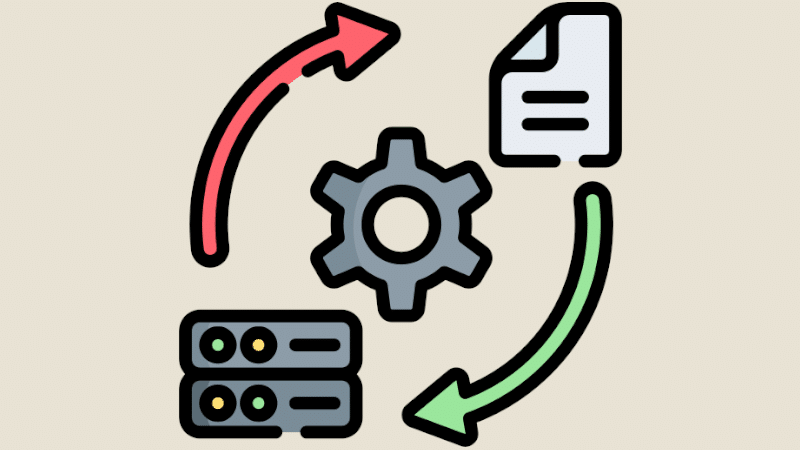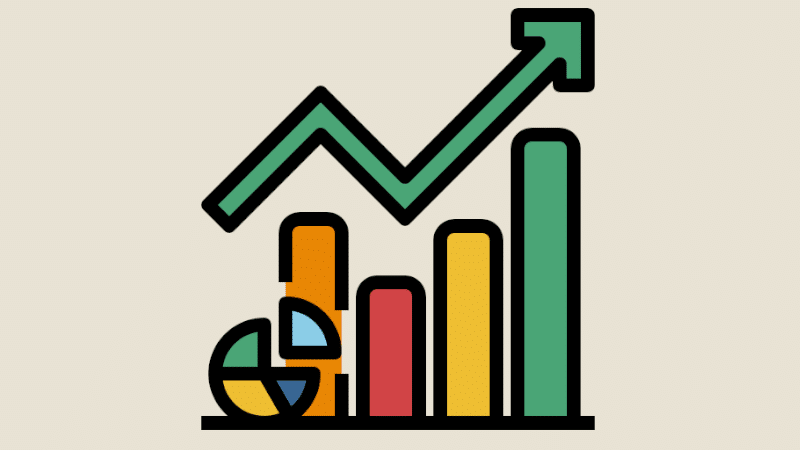While raw data is multiplying, organisations need to transform it so that they can exploit the available data and create value. Traditionally, companies have used the ETL process to process data. But over the last few years, this model has been changing to make way for reverse ETL. So what is reverse ETL? What are the differences between the two methods? And what are the advantages of reverse ETL? You'll find the answers in this article.
What is Reverse ETL?
Reverse ETL is a process for processing data, from extraction to integration. It is an evolution of the traditional ETL process. With this new data model, we refer to the ETL process as Extract, Load, Transform.
- Extract: this is the extraction of raw data from a multitude of sources (social networks, CRM, website, HRIS, etc.)
- Load: this is the loading of data into a warehouse or data lake.
- Transform: this involves preparing and cleaning the data to make it suitable for analysis. Formats are standardised, duplicates and obsolete or false data are removed.
Reverse ETL tools make it possible to make better use of the information available. Data experts can extract data from the data warehouse for operational purposes or for business applications. And because a large amount of data is stored in a data warehouse, analysis capabilities are more advanced with an ETL model.
What are the differences between ETL and ELT processes?
ETL, the traditional transformation process
The ETL (Extract, Transform, Load) process is the model traditionally used to exploit data. The approach is reversed, as it involves extracting, transforming and loading the data into a storage location.
The cloud data warehouse contains only cleansed data. In other words, quality data that will be used by business intelligence tools to improve decision-making.
While this model was particularly effective a few years ago, it is no longer necessarily able to cope with the increasing volumes of data. This is why reverse ETL tools have emerged.
ELT, an evolution of the ETL process
Despite its efficiency, data experts were encountering a number of problems with the ETL process. And in particular :
- To carry out relevant operational analyses, data teams need increasingly large quantities of data. This was not necessarily the case with the Extract, Transform, Load strategy.
- But above all, data experts needed real-time data for numerous analyses. With the ETL process, data was first transformed and then stored. As this process was time-consuming, the data available was simply limited to medium and long-term strategic analysis.
Reverse ETL is precisely the solution to these problems. Data experts have access to exponential quantities of up-to-date data.
Depending on the needs of the business experts at any given moment, they can select the most relevant datasets from a wide range of available information.
Reverse ETL makes it possible to synchronise operational analyses with high-quality data. And all from a centralised, reusable space.
Today, it is one of the essential components of a modern data stack.

What are the advantages of reverse ETL?
Reverse ETL is proving very popular with organisations, thanks to the many advantages it offers.
Simplifying the information system
Over the years, data volumes have continued to increase. For business experts, this proliferation of data means they have access to cross-functional information. So they can make more informed decisions.
But for data analysts and data engineers, data processing is becoming more complex by the day. Fortunately, reverse ETL makes their task easier. All the transformed and cleaned data can be reused by the organisation’s various employees. This limits the number of extractions needed to solve a problem.
Centralising quality data
With reverse ETL, everyone in the company has access to a single source of data: the company’s data warehouse or data lake. And as this data is transformed and cleansed by the data experts, everyone must be able to access it easily. Ultimately, the ETL process promotes self-service data distribution.
Making the most of data
With the traditional ETL model, stored data is mainly used for BI tools. In other words, they were only accessible to experts who had mastered these solutions.
Reverse ETL, on the other hand, is designed to support operational analysis and business applications. In addition to business intelligence software, the data stored must be able to be used by various management tools (HR, finance, marketing, etc.). In this way, the data can add more value to the business.
Productivity gains
By reversing the ETL process, the ELT model saves considerable time in data processing. And this has repercussions throughout the organisation. On the one hand, data experts waste less time searching for and transforming relevant information. Secondly, operational teams (marketing, sales, HR, etc.) have faster access to real-time data.
This increase in productivity enables the company to be more efficient, make better decisions and reduce costs.
Developing a data-driven culture
By simplifying the accessibility and use of data, reverse ETL contributes directly to the democratisation of data. Data is no longer just the preserve of data analysts, data scientists, data engineers and other experts. All members of the organisation must be able to access the data they need.
Of course, the role of data experts remains essential in implementing the ELT process. Thanks to their knowledge of SQL queries, data mapping, analytics, etc., they help all employees to make the most of their data.
Things to remember
- In response to the growing volume of data, reverse ETL tools are being developed.
- Reverse ETL changes the way data is processed, by extracting all the raw data, integrating it into the storage space and transforming it to improve its quality.
- Organisations applying this method benefit from simpler and faster access to data. They can then create value more easily and make more informed decisions.











